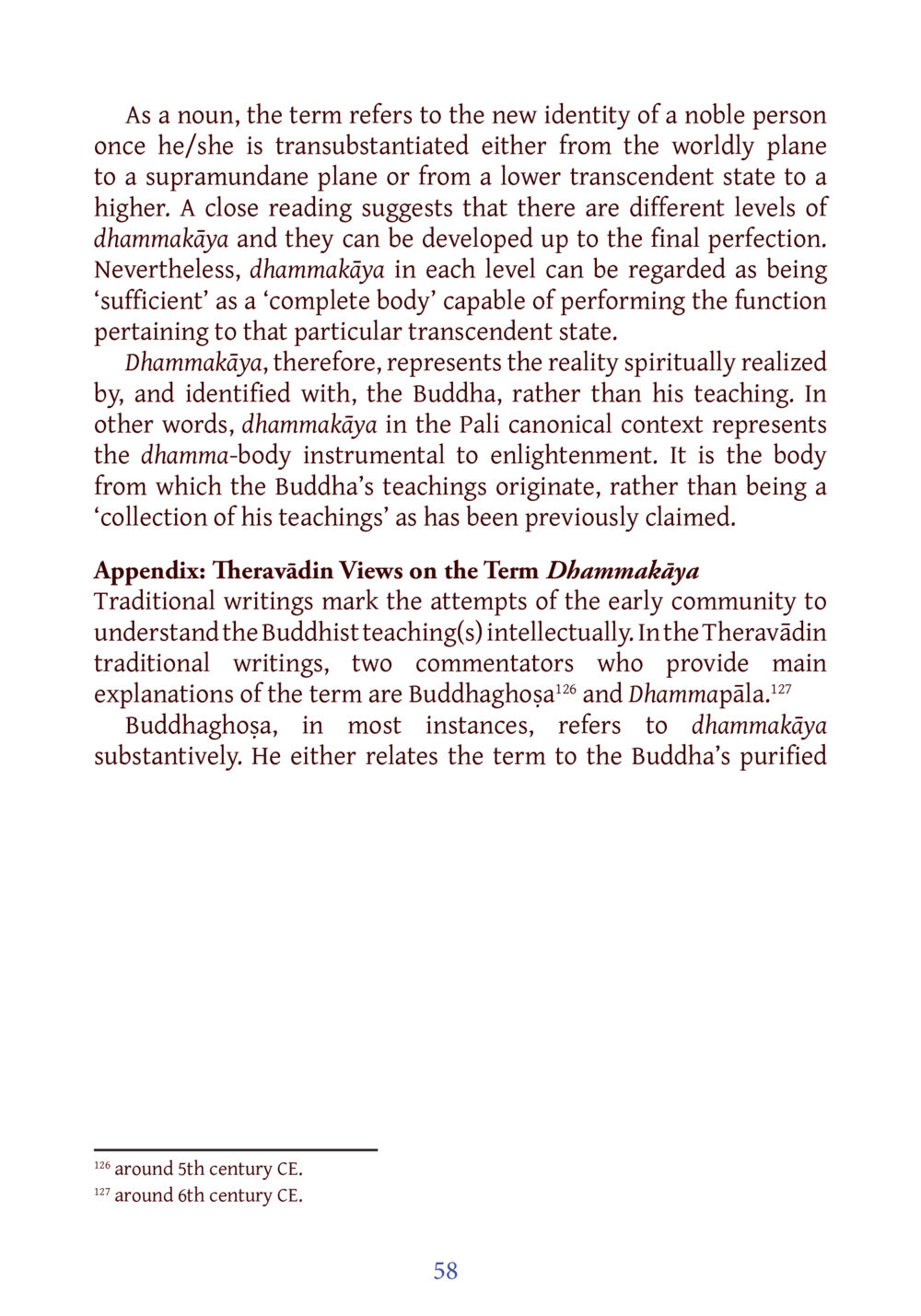Understanding Dhammakāya: A Noble Identity : หน้า 79/141
DIRI Journal : หน้า 79/141 Explore the concept of Dhammakāya, its significance in Buddhism, and the interpretations of Theravādin scholars.
7 ครั้ง

สรุปเนื้อหา
The term Dhammakāya refers to the new identity of a noble person following transubstantiation, highlighting different levels of realization. It embodies the reality spiritually identified with the Buddha, serving as the source of his teachings. Traditional Theravādin writings by scholars like Buddhaghosa and Dhammapala shed light on this concept, viewing Dhammakāya as a complete, functional body in every transcendent state. It symbolizes a deeper understanding of Buddhist doctrine rather than merely a compilation of teachings, marking a significant aspect of the path toward enlightenment. For further exploration, visit dmc.tv.
หัวข้อประเด็น
- Dhammakāya concept
- Transubstantiation in Buddhism
- Role of the Buddha
- Theravādin interpretations
- Enlightenment and dhamma-body
ข้อความต้นฉบับในหน้า
หน้าหนังสือทั้งหมด













































































































































